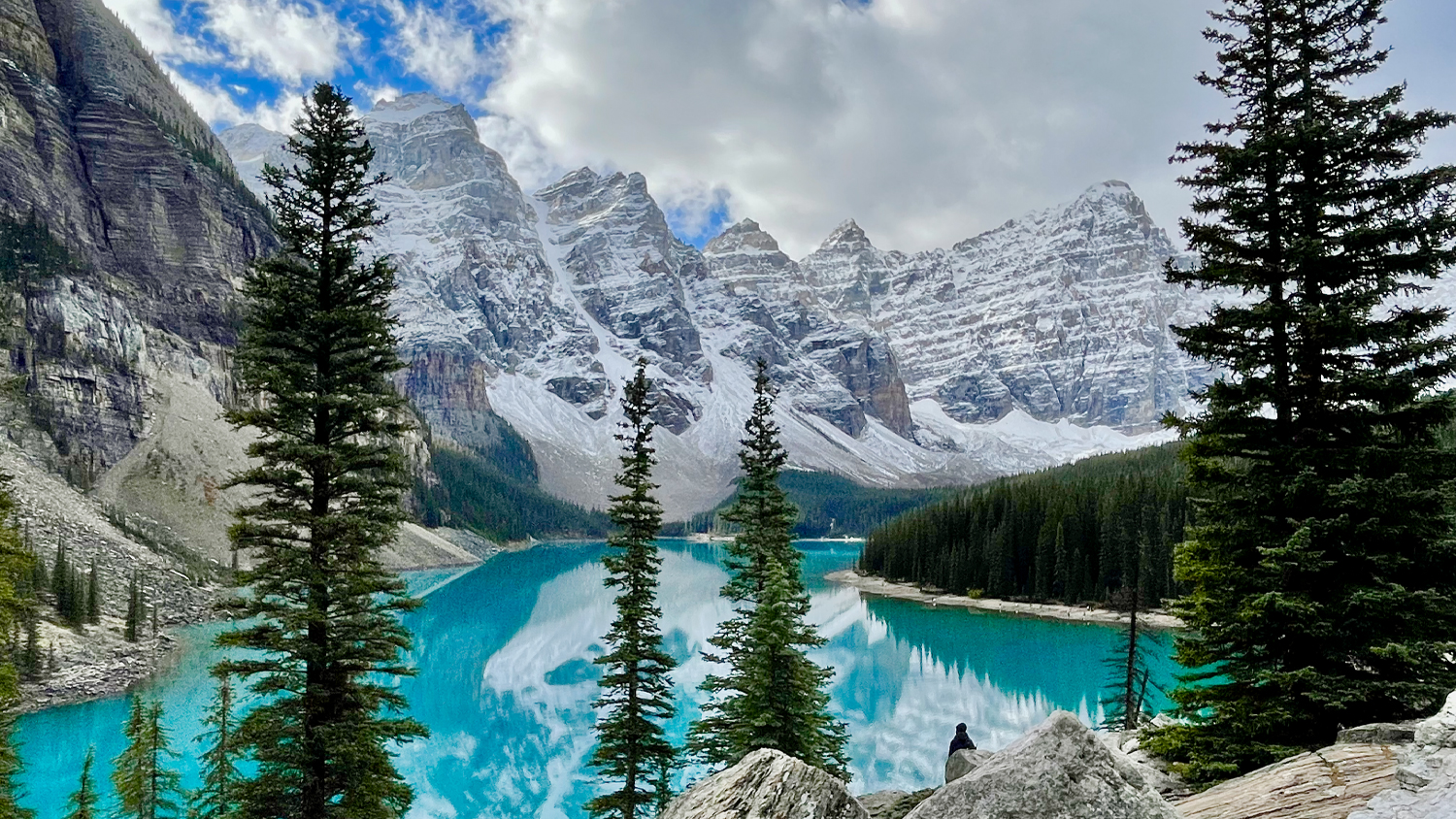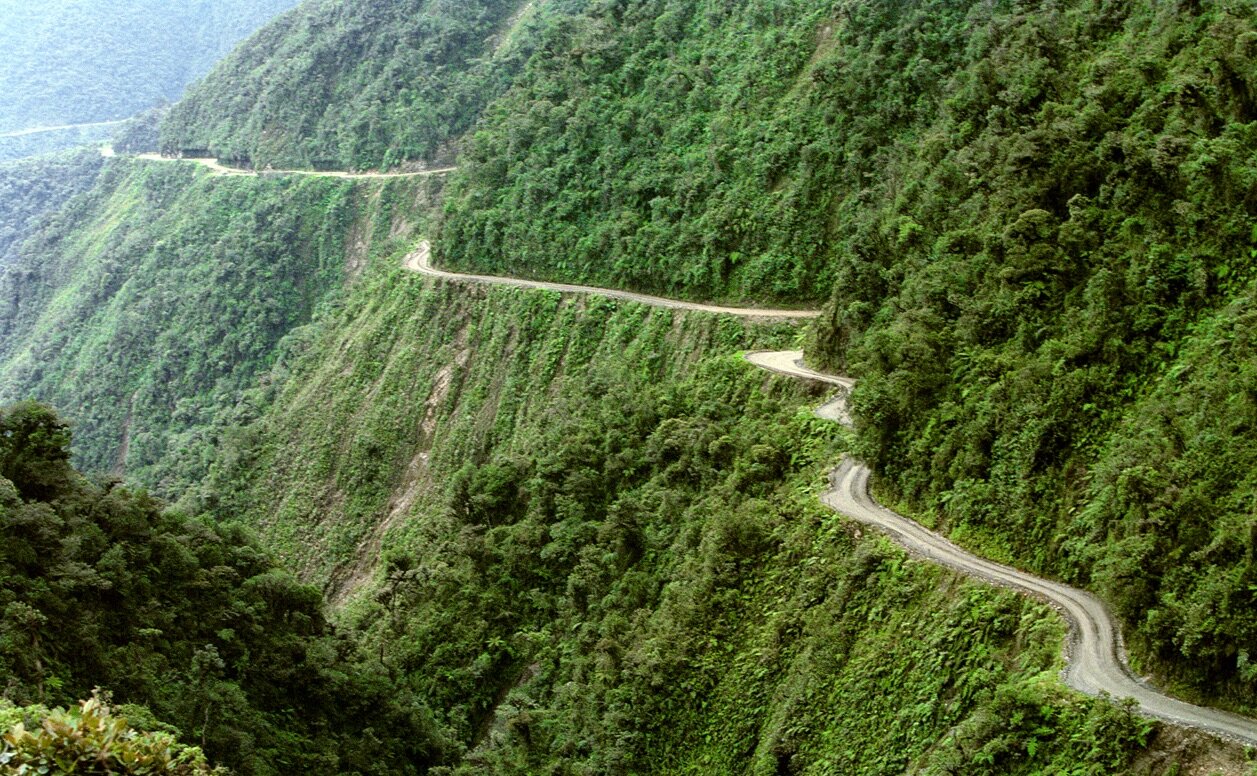The Great Wall of China: An Enduring Monument of History and Wonder
Few structures in the world evoke as much awe and reverence as the Great Wall of China. Stretching over 13,000 miles (21,196 kilometers) across northern China, this architectural marvel is not only a testament to the ingenuity and perseverance of ancient civilizations but also a symbol of the nation’s historical strength and unity. In this article, we will explore the history, construction, cultural significance, and practical travel tips for visiting the Great Wall, making it an essential guide for any traveler seeking to experience one of humanity’s greatest wonders.
A Monument Steeped in History
The Great Wall of China was built over centuries, with construction beginning as early as the 7th century BC and continuing until the 17th century. Originally, various states built walls to defend against invasions from nomadic tribes. However, it was during the Qin Dynasty (221–206 BC) under Emperor Qin Shi Huang that these disparate walls were linked together to form a more cohesive defense system. Subsequent dynasties, particularly the Ming Dynasty (1368–1644), further expanded and fortified the wall, transforming it into the massive structure we see today.
The Great Wall was built not only as a military fortification but also as a means to control immigration and emigration, regulate trade, and consolidate power. Its construction required the labor of hundreds of thousands of soldiers, convicts, and local villagers—a colossal effort that reflects the scale and ambition of ancient Chinese civilization.
Architectural Marvel: Construction and Design
The Great Wall is an engineering feat that has stood the test of time. Built primarily using local materials—such as earth, wood, bricks, and stones—the wall’s construction varied across regions. In some areas, natural barriers like rivers and mountains were incorporated into the defense system, while in others, the wall was constructed with elaborate watchtowers and fortresses to serve as military posts and signaling stations.
Key features of the Great Wall include:
- Watchtowers and Fortresses: These structures were built at regular intervals along the wall to provide surveillance, communication, and defense against enemy invasions. The towers were used to send signals via smoke during the day and fire at night.
- Ramparts and Battlements: The wall’s design includes crenellations (alternating high and low sections) that allowed defenders to shelter behind cover while returning fire.
- Integration with the Landscape: One of the wall’s most impressive aspects is its ability to follow the natural contours of the land. In many areas, the wall hugs mountain ridges and valleys, making it a formidable barrier against invaders.
The construction techniques varied based on the available resources and the local environment, yet the overall result is a structure that not only served its military purpose but also became an iconic symbol of China’s heritage.
Cultural and Symbolic Significance
The Great Wall of China is more than just a defensive structure—it is a cultural icon that has come to represent the strength, determination, and unity of the Chinese people. Over the centuries, the wall has inspired countless legends, poems, and works of art. It stands as a symbol of human perseverance in the face of adversity and the ability to transform the landscape through collective effort.
For many, the wall is a source of national pride, representing centuries of history and the continuous evolution of Chinese civilization. It has also become a symbol of the challenges faced in modern times, reminding people that monumental achievements require enduring commitment and hard work.
Visiting the Great Wall: What to Expect
For travelers, a visit to the Great Wall of China offers a chance to step back in time and experience a piece of history firsthand. While the wall spans a vast distance, several well-preserved sections are easily accessible from Beijing, making it a popular day-trip destination.
Popular Sections to Explore
- Badaling: The most visited and restored section of the Great Wall, Badaling is easily accessible by bus or train from Beijing. It features smooth, well-maintained paths and offers panoramic views that are perfect for photography.
- Mutianyu: A less crowded but equally impressive section, Mutianyu boasts picturesque scenery with lush greenery and rugged terrain. It has been partially restored and features a cable car and toboggan ride for an added thrill.
- Jinshanling: Known for its authentic feel and fewer tourists, Jinshanling offers a more rugged experience. Hikers here can explore both restored and unrestored sections, enjoying the natural beauty of the wall as it weaves over the mountains.
- Simatai: Famous for its steep sections and dramatic views, Simatai is ideal for those seeking a more adventurous experience. It is one of the few sections that is open for night tours, offering a unique perspective of the wall under the stars.
What to Bring and Consider
- Comfortable Clothing and Footwear: The terrain of the Great Wall can be uneven and steep. Wear sturdy shoes, dress in layers, and bring a hat and sunscreen.
- Water and Snacks: While some sections have vendors, it’s best to bring your own water and light snacks, especially if you plan on hiking.
- Camera: With breathtaking landscapes around every turn, a good camera is essential to capture the majestic views.
- Plan Your Visit: Check the weather forecast and the operational status of your chosen section of the wall. Some sections may have restricted access during extreme weather.
The Great Wall and Sustainable Tourism
With millions of visitors each year, preserving the Great Wall’s integrity is a top priority for both the Chinese government and conservation organizations. Efforts are being made to balance tourism with the need to protect this ancient monument.
Tourists are encouraged to:
- Stay on Designated Paths: To minimize erosion and damage, always stick to marked trails.
- Respect Local Guidelines: Follow the instructions provided by park authorities and tour guides.
- Minimize Waste: Carry reusable water bottles and avoid littering to help preserve the environment.
These sustainable practices ensure that future generations can also marvel at the wonder of the Great Wall.
The Legacy of the Great Wall
The Great Wall of China has long been a source of fascination and inspiration, not just for its sheer scale and historical importance, but also for the spirit of resilience it embodies. It stands as a reminder that monumental achievements are the result of collective effort and unwavering determination.
In literature and art, the wall has been depicted as a symbol of endurance, guarding the history of a nation and its people. It also serves as a powerful metaphor for overcoming obstacles—a beacon of hope for those facing their own challenges in life.
Cultural Reflections and Local Experiences
A visit to the Great Wall is as much about understanding China’s past as it is about appreciating its present. Local guides often share stories and legends that have been passed down through generations, adding a layer of depth to the experience. These narratives reveal not only the technical feats of ancient builders but also the cultural and spiritual values that motivated them.
In addition, exploring the Great Wall provides an opportunity to interact with local communities. Many nearby villages have preserved their traditional ways of life, offering visitors a glimpse into rural Chinese culture. Sampling local cuisine, such as hand-pulled noodles and savory dumplings, and shopping for handmade crafts add to the authenticity of the journey.
Planning a Memorable Trip
For those planning a trip to the Great Wall, careful preparation can make the experience even more rewarding. Here are a few tips to ensure your journey is memorable:
- Book in Advance: Especially during peak tourist seasons, accommodations and tours can fill up quickly. Booking in advance can help secure the best options.
- Choose the Right Section: Depending on your physical abilities and interests, select a section of the wall that suits your needs—whether it’s the family-friendly Badaling or the more adventurous Jinshanling.
- Consider Guided Tours: A knowledgeable guide can enhance your understanding of the wall’s history and architecture, ensuring you don’t miss any hidden gems.
- Allow Enough Time: While some sections can be visited as a day trip from Beijing, consider spending a few days exploring multiple sections and the surrounding attractions for a more comprehensive experience.
Final Thoughts
The Great Wall of China is a monument of epic proportions—both in its physical dimensions and its cultural significance. It stands as a testament to the ingenuity of ancient civilizations and a symbol of enduring strength and perseverance. Whether you’re gazing out over its majestic stretches from a watchtower or hiking along its ancient pathways, the Great Wall offers a journey through time and a profound connection to China’s rich heritage.
For travelers seeking an experience that combines history, adventure, and natural beauty, the Great Wall is an absolute must-visit destination. It is a place where every stone has a story, every step echoes with the past, and every view inspires awe. Embrace the spirit of discovery and let the Great Wall remind you of the extraordinary possibilities that lie in human endeavor.


